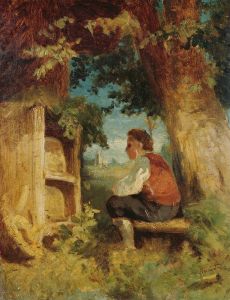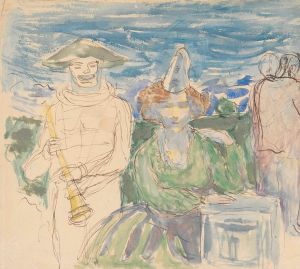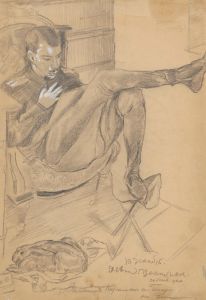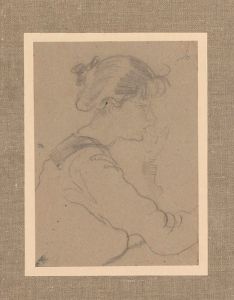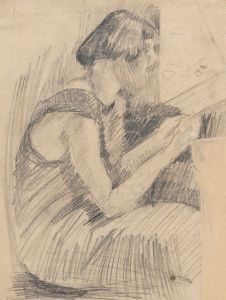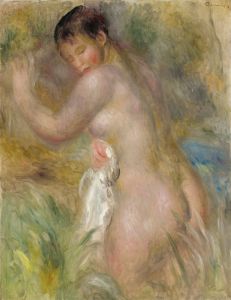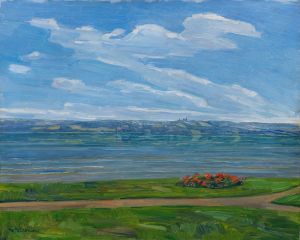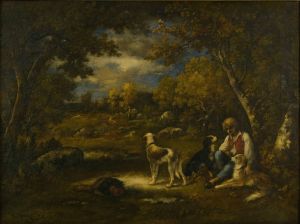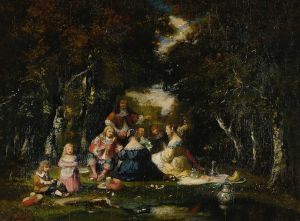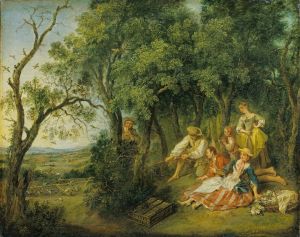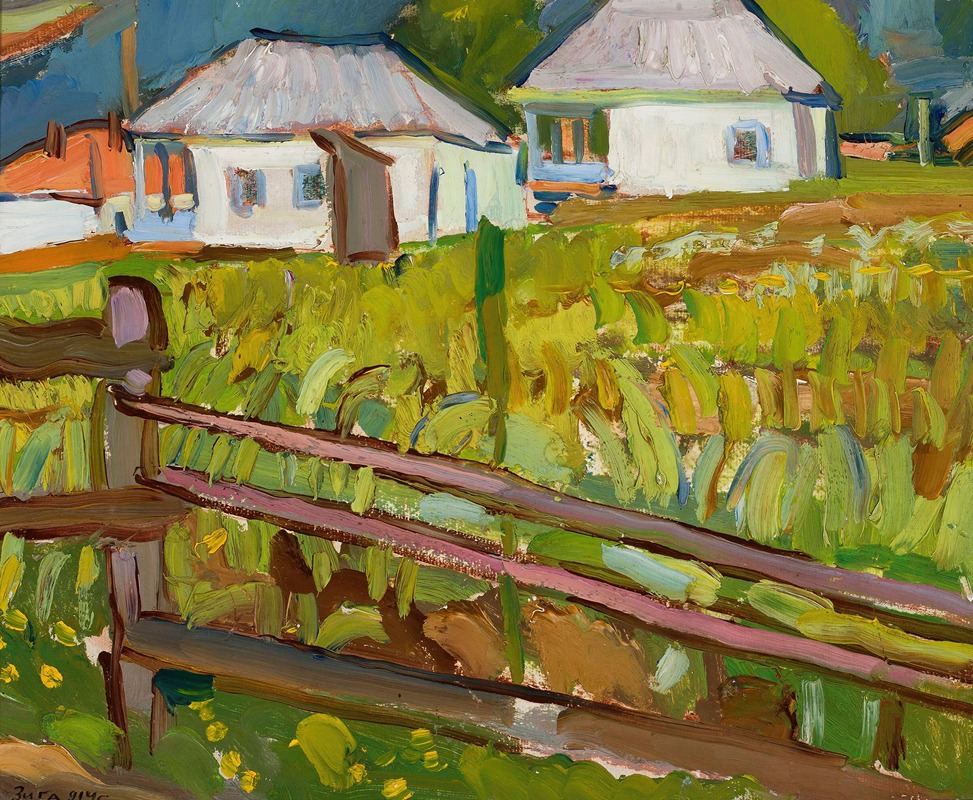
Landscape
A hand-painted replica of Zygmunt Waliszewski’s masterpiece Landscape, meticulously crafted by professional artists to capture the true essence of the original. Each piece is created with museum-quality canvas and rare mineral pigments, carefully painted by experienced artists with delicate brushstrokes and rich, layered colors to perfectly recreate the texture of the original artwork. Unlike machine-printed reproductions, this hand-painted version brings the painting to life, infused with the artist’s emotions and skill in every stroke. Whether for personal collection or home decoration, it instantly elevates the artistic atmosphere of any space.
Zygmunt Waliszewski was a Polish painter known for his vibrant and expressive works, often drawing inspiration from the post-impressionist and fauvist movements. Born in 1897 in Saint Petersburg, Russia, Waliszewski moved to Poland, where he became an influential figure in the Polish art scene during the interwar period. His artistic style is characterized by bold colors, dynamic compositions, and a keen interest in capturing the essence of his subjects, whether they be landscapes, portraits, or still lifes.
"Landscape" by Zygmunt Waliszewski is one of his notable works, reflecting his unique approach to capturing the natural world. Although specific details about this particular painting are scarce, Waliszewski's landscapes typically exhibit a vibrant palette and a dynamic sense of movement, which are hallmarks of his broader oeuvre. His landscapes often convey a sense of immediacy and emotional resonance, achieved through his use of color and brushwork.
Waliszewski's work was heavily influenced by his education and experiences. He studied at the Academy of Fine Arts in Kraków, where he was exposed to various modernist trends that were sweeping through Europe at the time. His exposure to the works of artists like Paul Cézanne, Henri Matisse, and the broader fauvist movement had a profound impact on his artistic development. This influence is evident in his landscapes, where he often employed vivid colors and bold forms to convey the beauty and emotion of the natural world.
Throughout his career, Waliszewski participated in numerous exhibitions, both in Poland and internationally, which helped to establish his reputation as a leading figure in Polish modern art. His works were well-received for their innovative use of color and form, and he became associated with the Kapists, a group of Polish artists who advocated for the primacy of color in painting.
Despite his relatively short life—Waliszewski passed away in 1936 at the age of 39—his contributions to Polish art were significant. His landscapes, in particular, continue to be celebrated for their vibrant energy and emotional depth. They offer a glimpse into the artist's ability to transcend traditional representations of nature, instead presenting a more subjective and expressive interpretation.
While specific information about the painting "Landscape" is limited, it can be appreciated within the broader context of Waliszewski's work and his impact on Polish art. His landscapes remain a testament to his skill and vision, capturing the essence of the natural world through a modernist lens that continues to resonate with audiences today.






